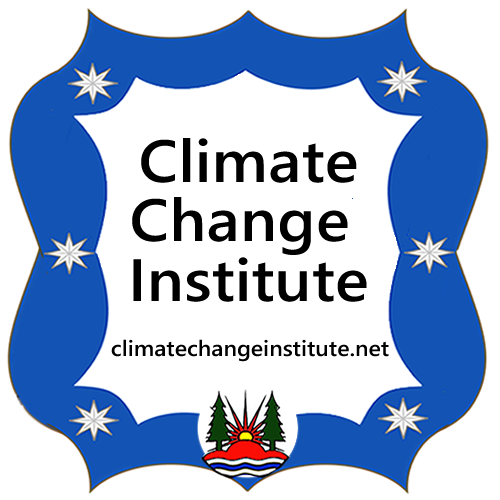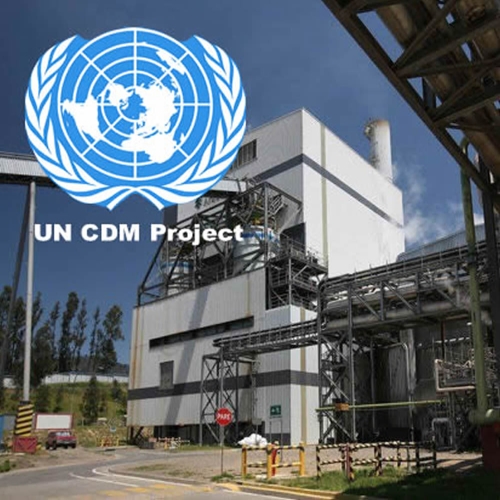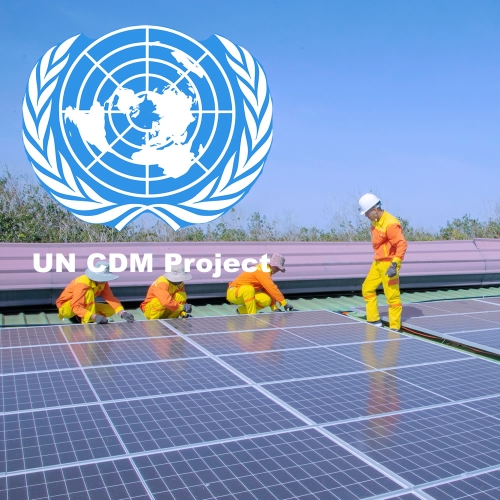
These carbon credits are issued by the Clean Development Mechanism Project administered by the United Nations Secretariat.
They finance verified projects that reduce and eliminate carbon and are subject to a rigorous registration and verification process.
CDM Projects earn Certified Emission Reduction (CER) units each equivalent to one tonne of CO2e.
Each CER has a unique serial number and is recorded on the CDM Registry of the United Nations Secretariat.
Projects can include wind, solar, hydro, forestry, vegetation, biomass waste recovery, chemical and fugitive emission reduction. They aim to reduce greenhouse gas emissions whilst supporting sustainable development in developing countries.
- Upon purchase, you will be issued with a certificate from the UN CDM Registry with the serial numbers of your CERs which you can verify on their website.
- Your CERs are recorded as having being used to offset your emissions. This is called being ‘voluntarily cancelled’ and they are taken out of circulation and cannot be used again.

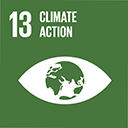
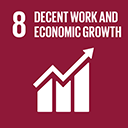

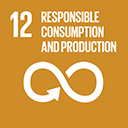
Project Details
SITUATION
GHG emissions such as HFC (hydrofluorocarbon) gases are an undesired by-product of the industrial production process and are normally released to the atmosphere.
SOLUTION
To avoid this, plants can be fitted with a tertiary abatement units which reduces the vast majority of HFCs at the source, before it would be released to the atmosphere.
IMPACT
Reducing the amount of these type of greenhouse gas emissions helps the preservation of the ozone layer and stimulates climate skills technology.
OUTCOME
These type of projects make a significant contribution to climate action globally by reducing air pollutants such as HFCs and boosts green technology in developing countries.
VERIFICATION
CDM projects adhere to strict technological standards and are rigorously scrutinized through an international monitoring, reporting and verification process.
To see this project on the UN CDM Website click here:
- HFC projects convert HFC (hydrofluorocarbon) gases into substances with no or lower global warming potential, reducing the impact that such gases would have on our climate if they were released.
- Common project benefits: contributing to preservation of the ozone layer and facilitating technology transfer.
- The ‘Project Activity’ includes development, design, engineering, procurement, finance, construction, operation and maintenance of a system for thermal oxidation of HFC 23 (Chemical Formulae: CHF3).
- This is followed by treatment of combustion gases prior to safe disposal of all emissions and discharges.
- Crimes against nature: UN agency puts environmental legislation under scrutinyon May 17, 2024 at 12:00 pm
Global efforts to prevent crimes against nature and bring offenders to justice are being hampered by glaring differences in environmental protection laws among countries and regions, UN crime prevention experts said on Friday.
- ‘Untold harm to nature’ from wildlife trafficking, warns UN crime agencyon May 13, 2024 at 12:00 pm
Despite two decades of worldwide efforts, more than 4,000 precious wildlife species still fall prey to trafficking every year, a new report by the UN crime and drugs prevention office, UNODC, showed on Monday.
The Climate Change Institute is a member of the Carbon Trade Exchange which offers a high level of security, backed by the Westpac Banking Corporation which guarantees transactions and provides rigorous measures to protect our customers.
